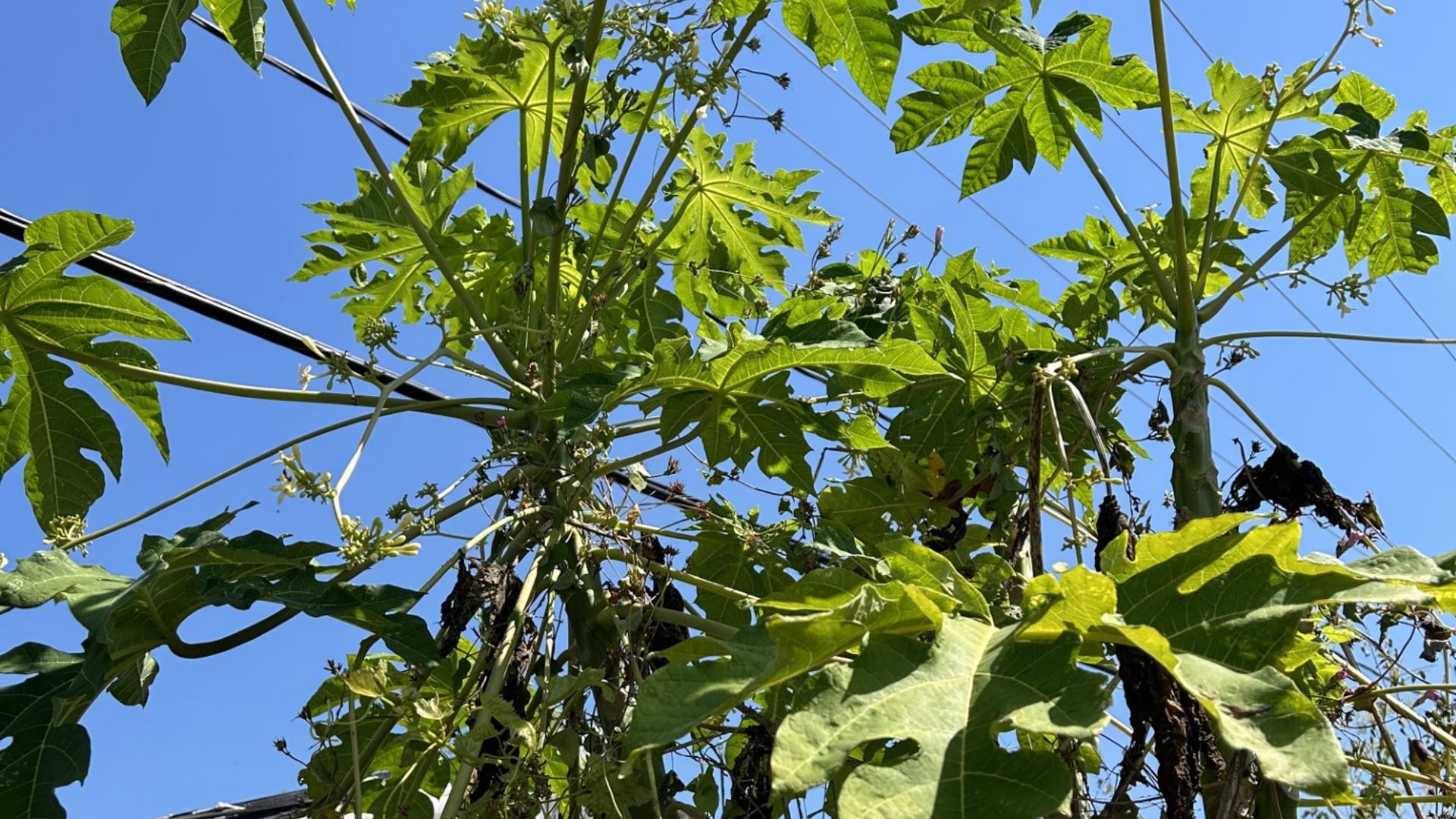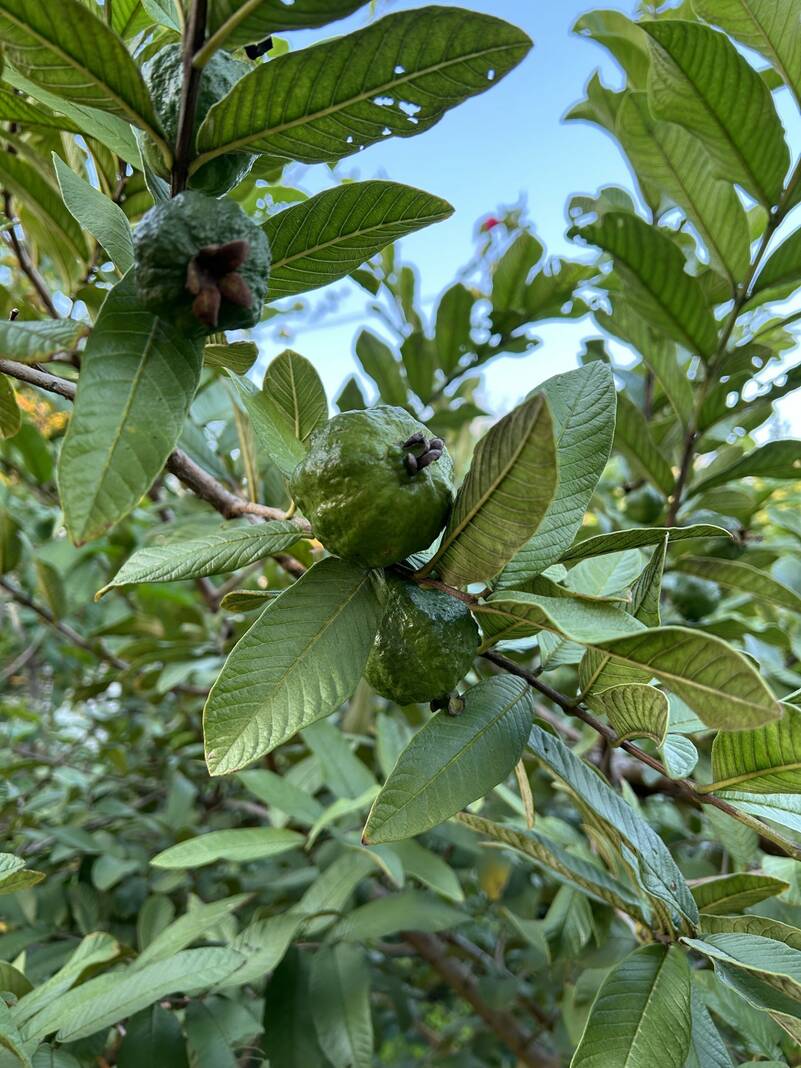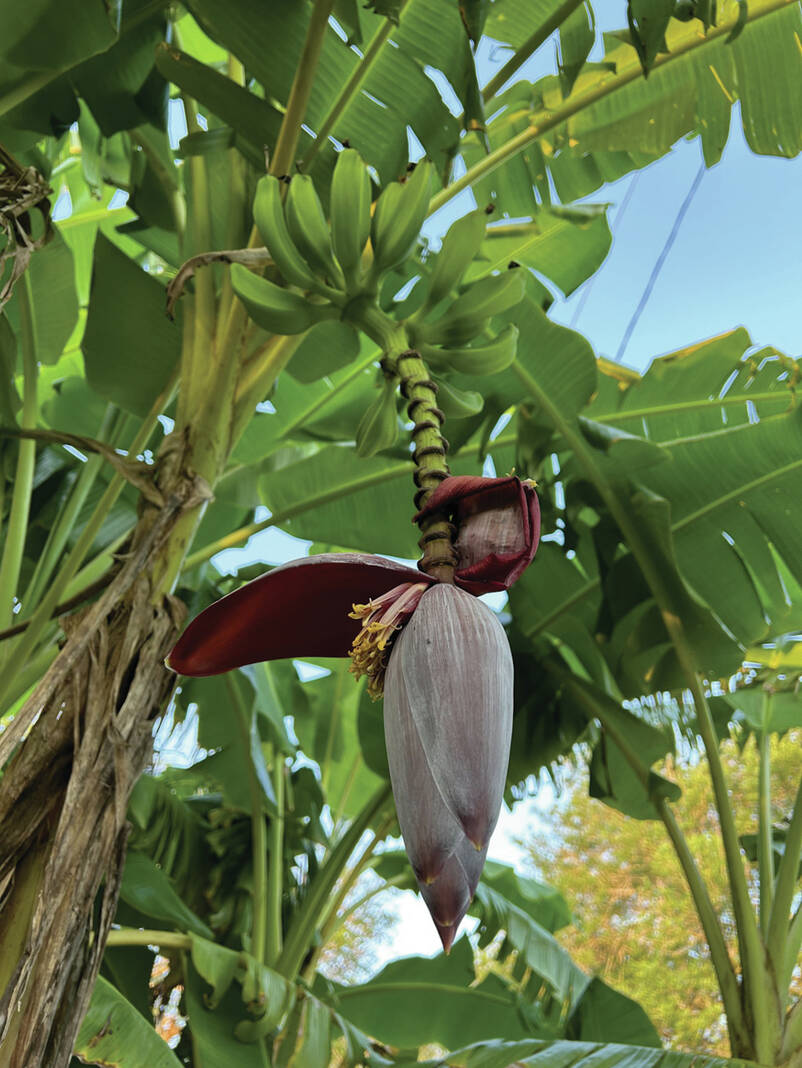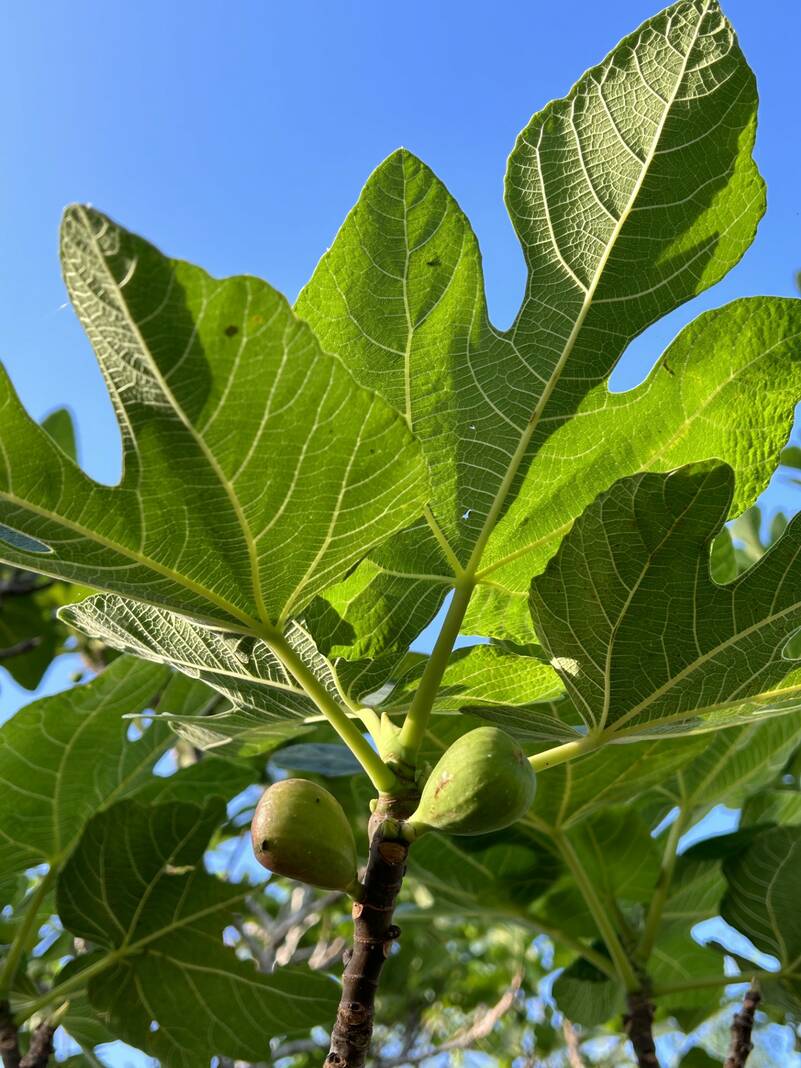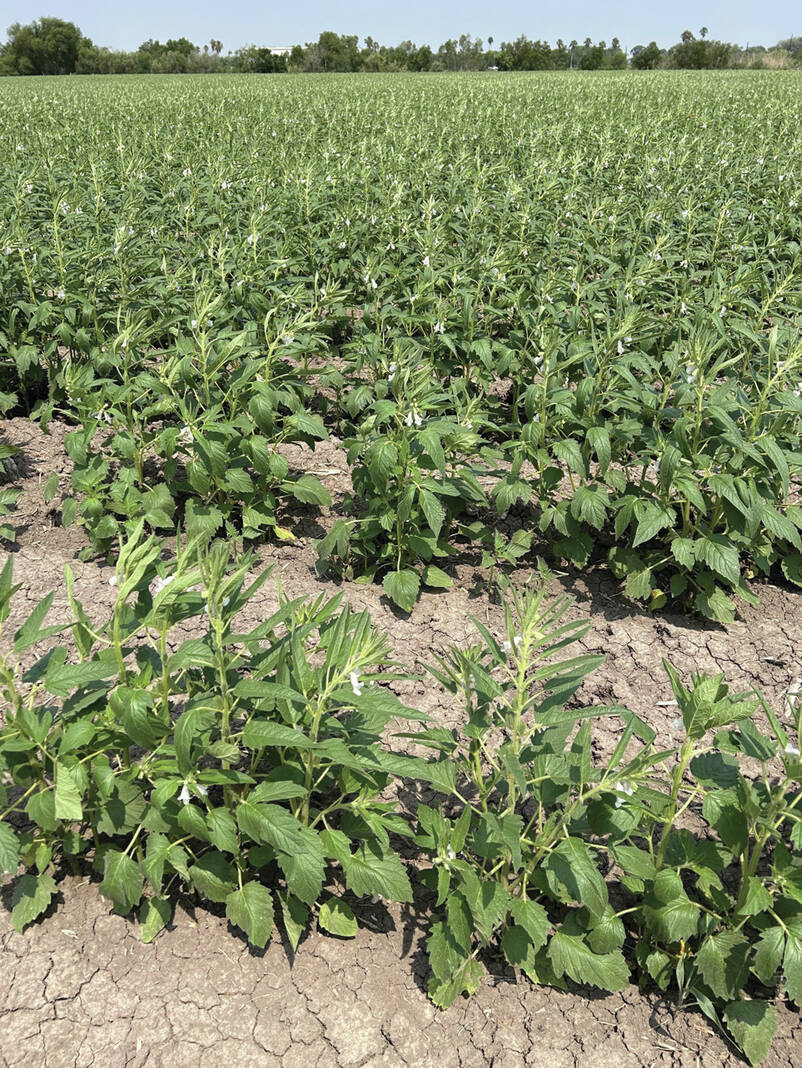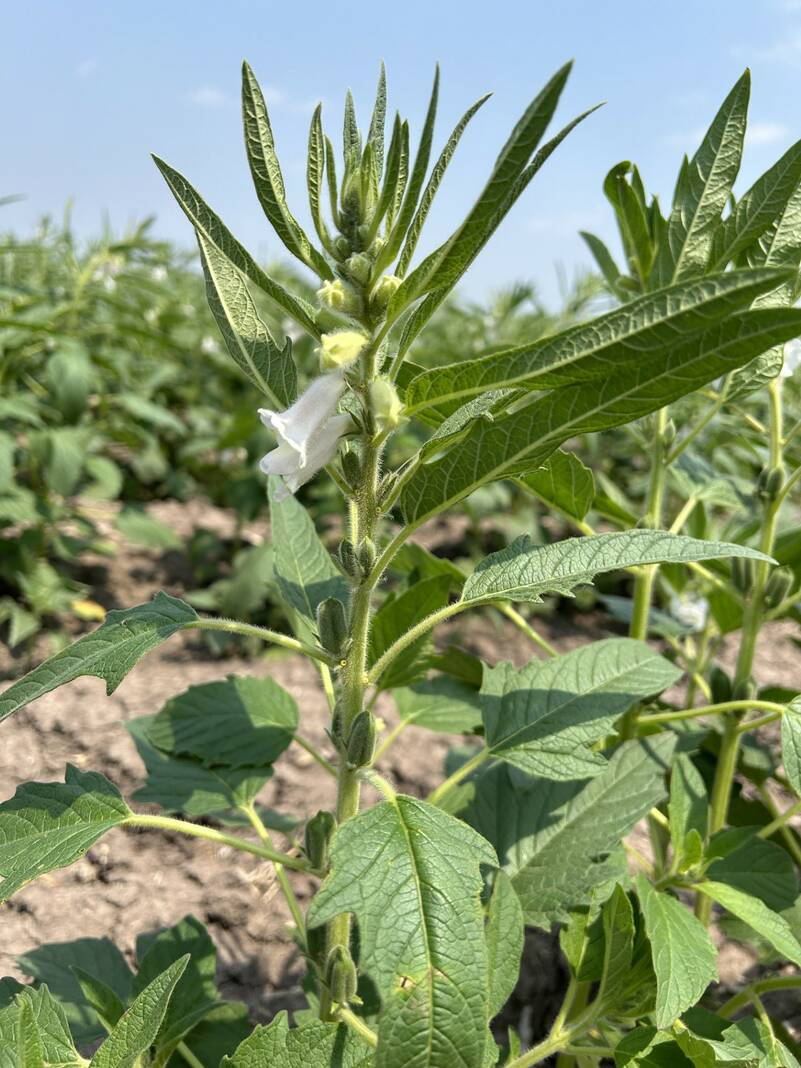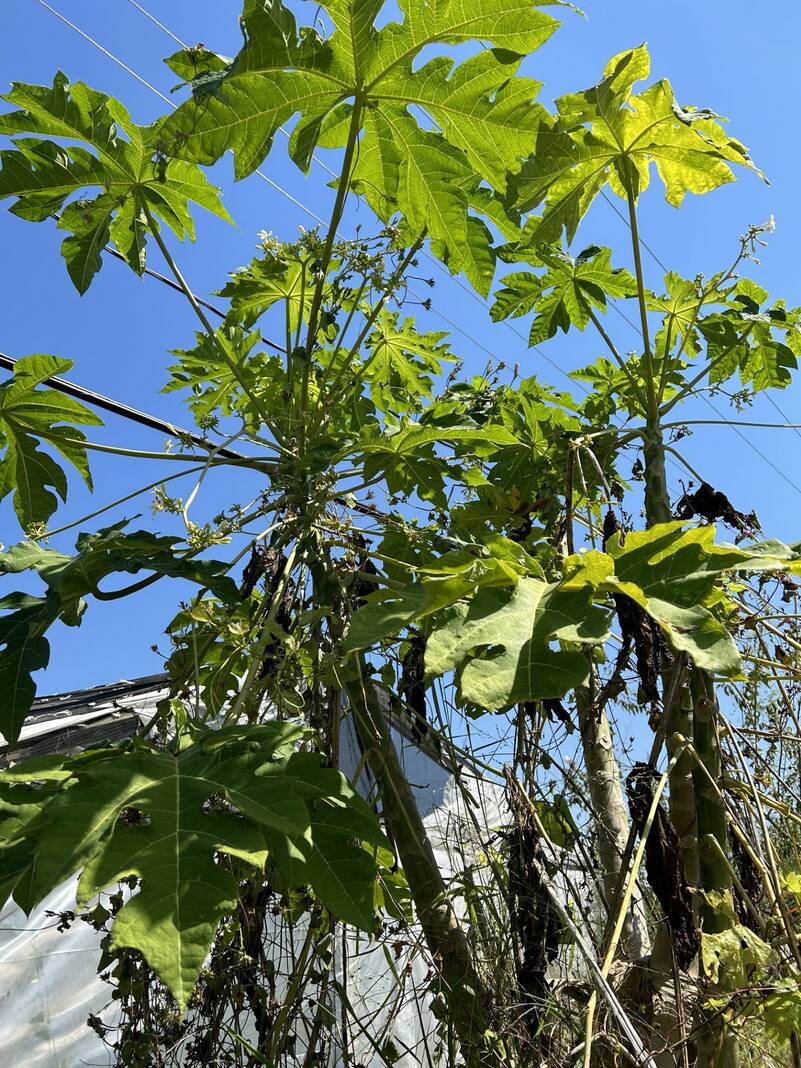|
Only have a minute? Listen instead
Getting your Trinity Audio player ready...
|
Daily challenges are a fun part of the Texas Parks and Wildlife Department’s Texas Pollinator BioBlitz 2024. A citizen scientist opportunity, individuals of all ages are encouraged to observe and photograph pollinators and nectar-producing plants and upload their observations to a database.
It is easy to get involved; visit https://tpwd.texas.gov/education/bioblitz to learn more. Be sure to register.
Once registered, participants will receive a list of daily challenges, interesting additional activities like miniature scavenger hunts that can be done individually or with others throughout the BioBlitz. Upcoming challenges include activities like posting your photo of the most peculiar pollinator you’ve encountered, photographing a pollinator with stripes or spots, or photographing a pollinator on a plant of your favorite color.
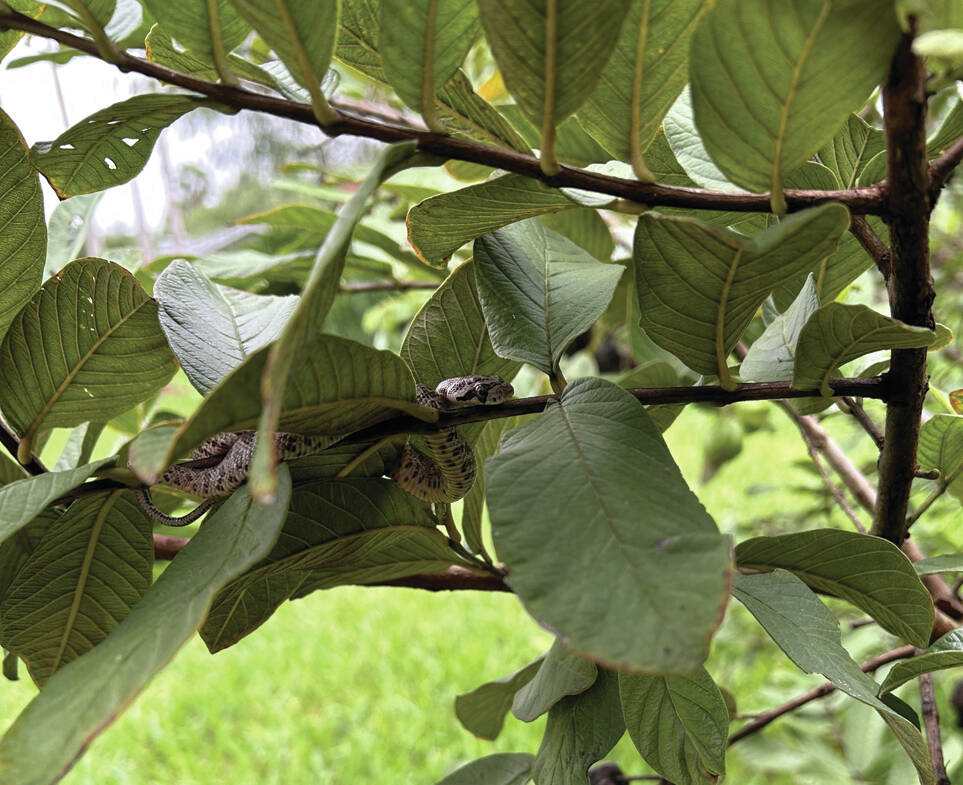
One of the initial challenges was to hunt for food that is benefitted from pollinators. That nearly stumped me and then my husband and I started naming some of the fruit trees we’ve planted in our yard, like figs, citrus, date palm, loquats and guava. We ended up with a list 18 options, including crops in nearby fields and trees at neighboring properties. What would be on your list?
There is a great chance of finding a lot of pollinator action to observe and photograph for the BioBlitz. Honeybees aren’t the only pollinators, other species of bees, wasps, flies, moths, butterflies, hummingbirds, beetles and some bats are Texas pollinators.
The annual pollinator BioBlitz is an educational event to help inform the public about pollinators, what they are and why and provide and protect beneficial habitats for them. It is an opportunity to learn which pollinators are important to some of our favorite local foods. For instance, chile pequin, a popular native plant and the Texas state pepper, is pollinated by bees, wasps and ants. The plant blooms in all seasons with fruit ripening throughout the year. Birds eat the berries and in turn, help propagate the species.
Other popular fruits, although not native to the Rio Grande Valley, are successfully grown residentially and pollinated by a variety of pollinators. Papaya is pollinated by moths, birds and bees; mangoes by bees, flies and wasps; avocado flowers are pollinated by bees, flies and bats; figs by wasps; loquats by bees and houseflies; blackberries by bees and hover flies; and bananas by birds and fruit bats.
Guava is a small tree native to the American tropics, including Mexico, Central America and the Caribbean; pollination is by a variety of insects, including bees, flies, wasps, moths, butterflies and beetles. I found a young great plains ratsnake early one morning, presumably it had spent the night wrapped around a thin branch of the guava tree. Did the snake help with pollination? Perhaps, albeit inadvertently if it slithered through flowers as it looked for a resting place.
Mulberries are more popular with chachalacas and other birds than with humans these days, but the trees are worth growing if only to attract wildlife. Interestingly, mulberries are wind pollinated and many are self-fertile. However, bees and other insects assist in pollination.
Sesame, a local agricultural crop, is pollinated by bees, flies and wasps.
Anita Westervelt is a Texas Master Naturalist.

